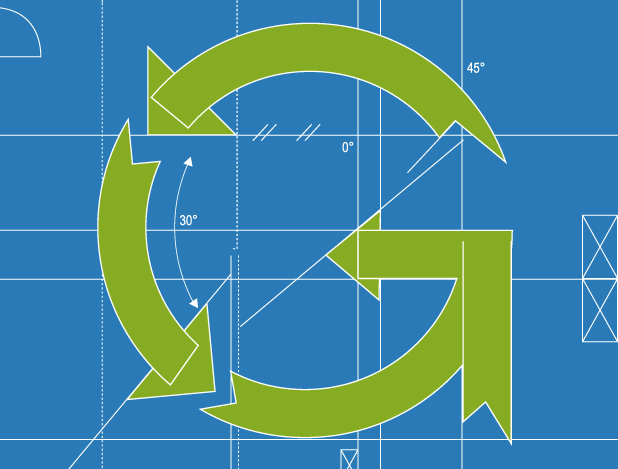 Building
Building
G building aims to consult businesses and organizations on how they can adopt Green Building practices by using healthier and more resource-efficient standards. There are many certifications to verify a building is being constructed and designed in an eco-friendly structure most of which our G-Building team specializes in. Our third-party certifications include LEED, BREEAM, HQE, One Planet, Green Mark and Estidama.
In essence, G targets high aspiration organizations seeking to apply sustainability to their commercial and residential buildings, core and shell developments, schools, and homes as a competitive driver.
a. Indoor Environmental Quality: The quality of the air indoors is often two to five times worse, and occasionally more than 100 times worse, than outdoor air, according to the U.S. Environmental Protection Agency(USEPA). A green building is designed to maximize fresh air indoors and minimize exposure to toxins and pollutants.
b. Energy Efficiency: Green buildings built so far have the potential to use 20 to 30% less energy, and some up to 60% less energy, than a building built to the International Code Councils standards for minimum energy efficiency. Less energy use means lower utility bills every month through the life of a building and thus less carbon emissions.
c. Water Efficiency: Wasteful water use is both costly and risky, as population growth and a changing climate make clean, safe water an increasingly scarce resource. It is also directly tied to wasteful energy use. Green buildings use innovative strategies to reduce water use and to find creative ways to reuse water.
d. Site Selection: The old truism about prime real estate location,is especially true of green buildings. Green building encourages proximity between homes, schools, shopping, work and transit, maximizing your quality of life and reducing the amount of time you waste in traffic.
e. Site Development: During construction and beyond, a building can cause erosion, interfere with natural habitats and pollute waterways through storm-water runoff. Green buildings avoid destructive construction practices and have landscaping and other elements that protect the land where the home sits.
f. Materials Selection: The materials and resources that go into a building can be carefully selected from sustainably harvested, responsibly processed sources – or they can be wasteful and contribute to habitat destruction. Green buildings use recycled, reclaimed and responsibly obtained materials everywhere possible.
g. Residents Awareness: Green building is proactive in educating residents about green features and how to get the highest performance from them. A green building also stands as an example to the community of a well-built living space and encourages others to live the same.
h. Innovation: Green building encourages builders and designers to find innovative ways to increase the built space performance, taking into account local and regional needs and promoting durability for a long-lasting, comfortable space.